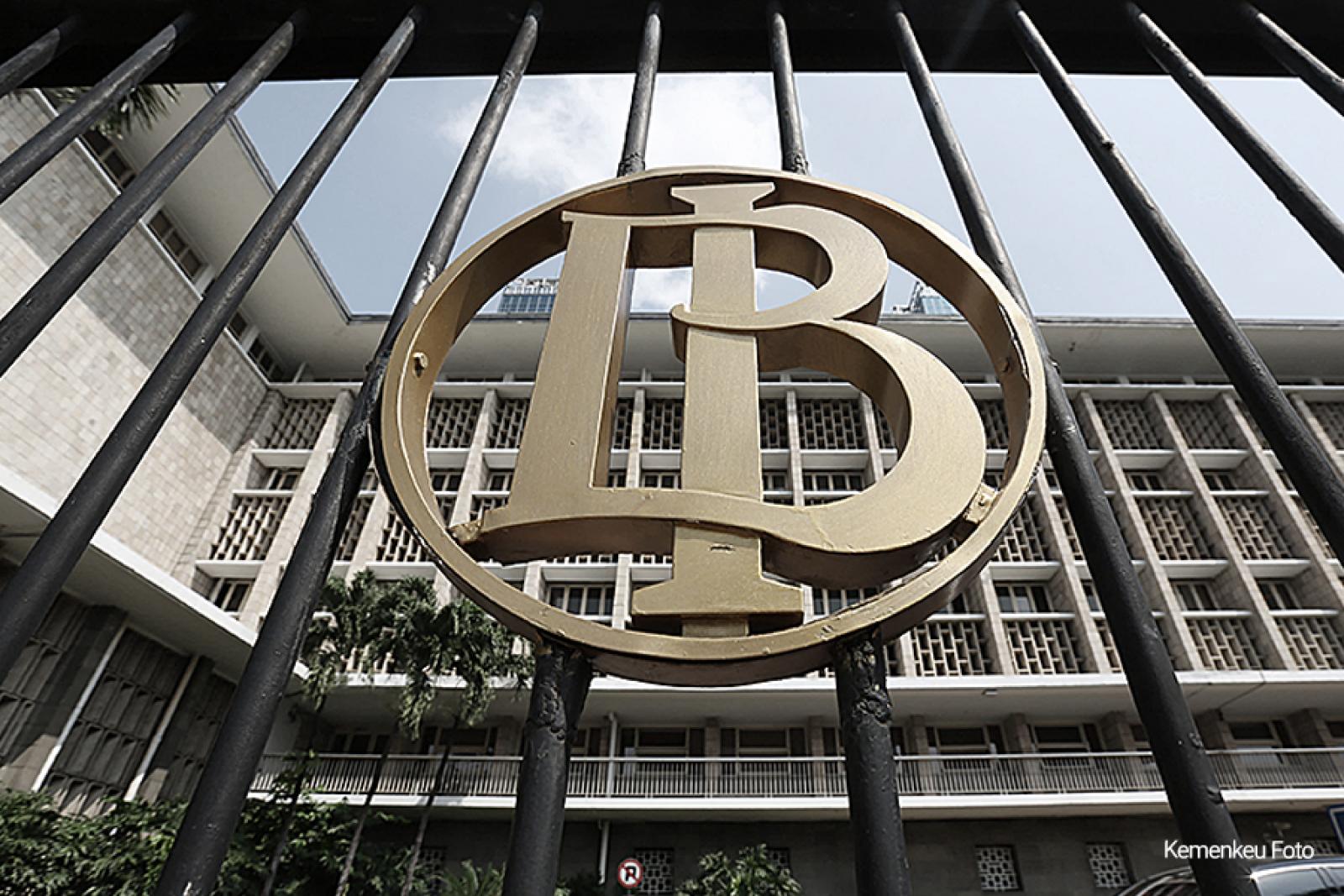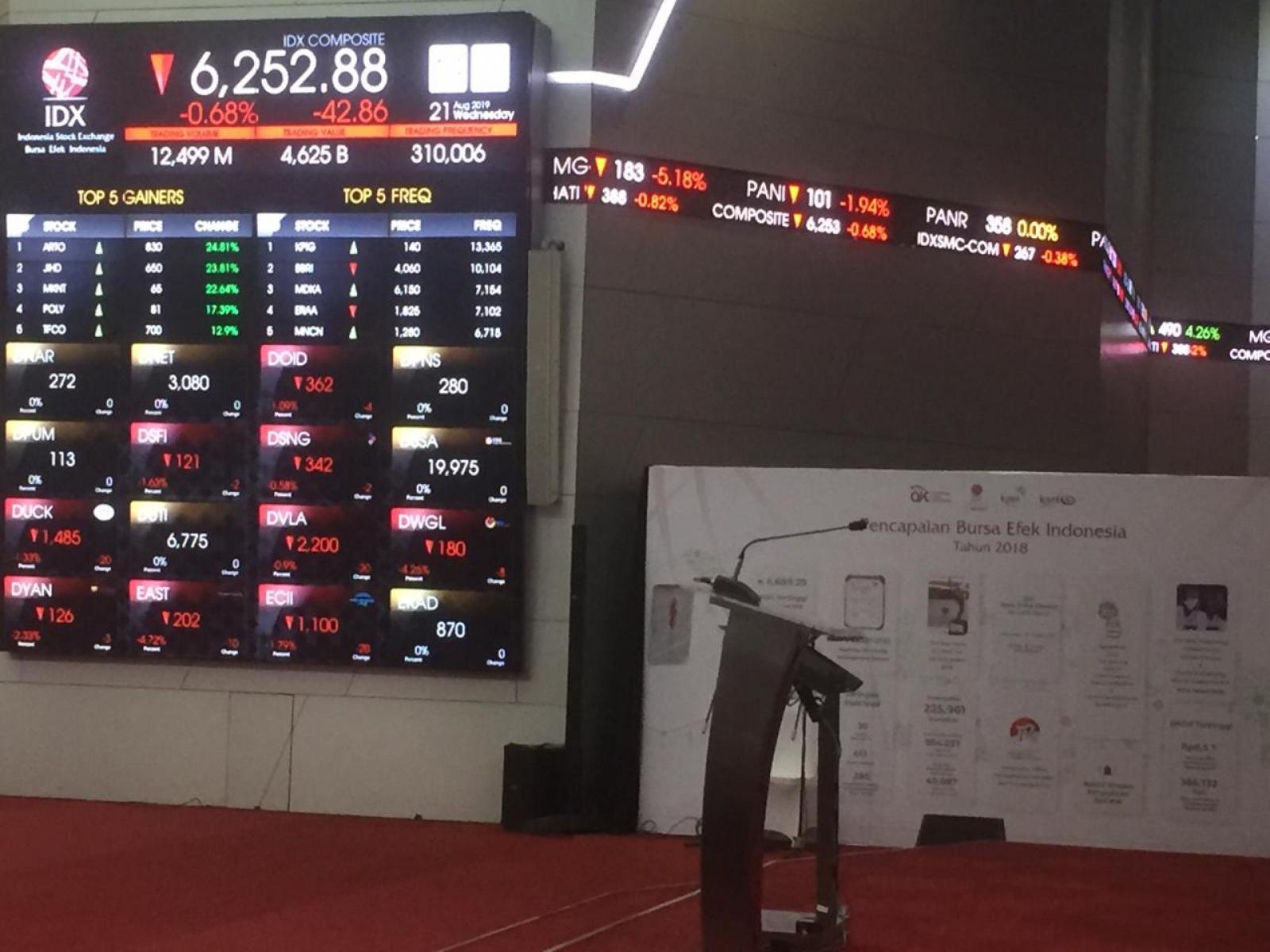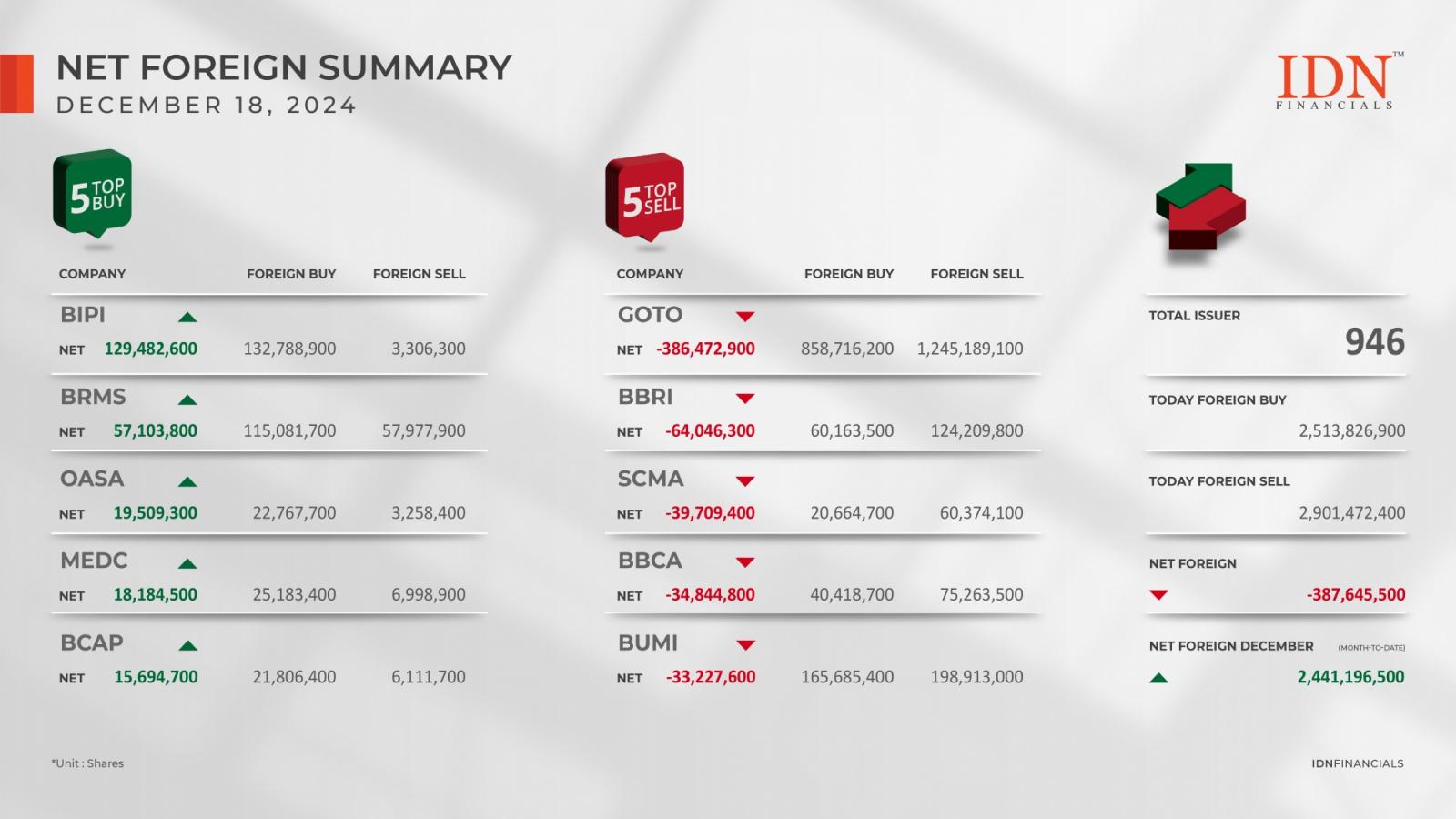
Inflation trends mattered much to the currency markets during the period February 24 to March 1, 2024. The week witnessed the U.S. Dollar weakening against the Euro as well as the Japanese Yen but strengthening against the British Pound and the Australian Dollar amidst divergent inflation trends. The 6-currency Dollar Index also recorded weekly losses.
The Dollar Index, a measure of the Dollar\'s strength against a basket of 6 currencies, slipped 0.08 percent during the week ended March 1 amidst PCE-based inflation readings from the U.S. moving on expected lines. The Dollar Index slipped to 103.86 from 103.94 a week earlier. The index ranged between 103.61 and 104.29 during the week.
Data released on Thursday showed the PCE Price Index on a year-on-year basis declining as expected to 2.4 percent, from 2.6 percent previously. The core component thereof also dropped as expected to 2.8 percent from 2.9 percent in the previous period. The PCE Price Index on a month-on-month basis increased as expected to 0.3 percent from 0.1 percent in the previous period. The core component thereof also increased on expected lines to 0.4 percent from 0.1 percent in the prior period.
Data released on Friday which showed a disappointing ISM Manufacturing PMI reading also weighed on the greenback. The February reading dropped to 47.8 from 49.1 in the previous month, way below market expectations of 49.5. The 16th consecutive period of decline in manufacturing activity renewed hopes of a review of the harsh monetary policy, dampening sentiment for the U.S. Dollar.
The strength of the Euro which carries an index weight of 0.576 and of the Japanese yen which has an index weight of 0.136, attributed to disappointment on the inflation front, also contributed to the decline in the Dollar index during the past week.
Hotter-than-expected inflation readings from the Euro Area lifted the EUR/USD pair to 1.0837 from 1.0818 a week earlier. Flash inflation readings released on Friday showed headline inflation at 2.6 percent. Markets had expected the same to cool to 2.5 percent from 2.8 percent in the previous month. The core component thereof which was seen cooling to 2.9 percent, from 3.3 percent in the previous month dropped only to 3.1 percent. The less-than-expected cooling in inflation helped lift the euro almost 0.18 percent against the U.S. Dollar over the course of the week ended March 1. The pair traded between a high of 1.0867 recorded on Tuesday and a low of 1.0795 recorded on Thursday.
The GBP/USD pair dropped 0.23 percent during the week ended March 1. The pair finished trading at 1.2650 on Friday versus 1.2679 a week earlier. The week\'s trading ranged between a high of 1.2701 and a low of 1.2599.
The Australian Dollar declined more than half percent against the U.S. Dollar during the week ended March 1. From the level of 0.6560 on February 23, the AUD/USD pair slipped to 0.6523 by March 1, recording a decline of 0.56 percent. The weekly trading range was wider, between 0.6571 on Monday and 0.6486 on Thursday.
Buoyed by sticky inflation, the Japanese yen recorded the first weekly jump against the U.S. Dollar since late December 2023. Data released on Monday had showed Japan\'s core consumer inflation exceeded forecasts when it recorded 2.2 percent in January versus 2.6 percent in the prior month. The core component dropped to 2 percent from 2.3 percent earlier, missing market expectations of a drop to 1.9 percent. Data released on Friday meanwhile revealed the consumer confidence index advanced to 39.1 in February, up from 38.0 in the previous month.
The USD/JPY pair dropped 0.26 percent to 150.11 from 150.50 a week earlier. The pair ranged between a high of 150.85 and a low of 149.21 over the course of the week.
Currency market moves during the current week are likely to be driven by expectations surrounding key data releases and crucial events and decisions lined up. The looming data releases from the U.S. are ISM Services PMI on Tuesday, Job Openings report on Wednesday, as well as the crucial Non-Farm Payrolls and Unemployment rate data on Friday. The Federal Reserve Chair Jerome Powell\'s semi-annual testimony before the U.S. Congress during the week would also be keenly watched for monetary policy cues. Amidst the anxiety, the Dollar Index has decreased to 103.85.
The euro\'s movements would largely be dictated by anxiety ahead of the ECB\'s next interest rate decision due on Thursday. Amidst expectations of a status quo on rates, the EUR/USD pair has increased to 1.0853.
The GBP/USD pair has also moved up to 1.2678. Ahead of the quarterly GDP update on Tuesday and the trade data update on Wednesday, the AUD/USD pair is hovering near 0.6523. The USD/JPY pair also has climbed to 150.37.





